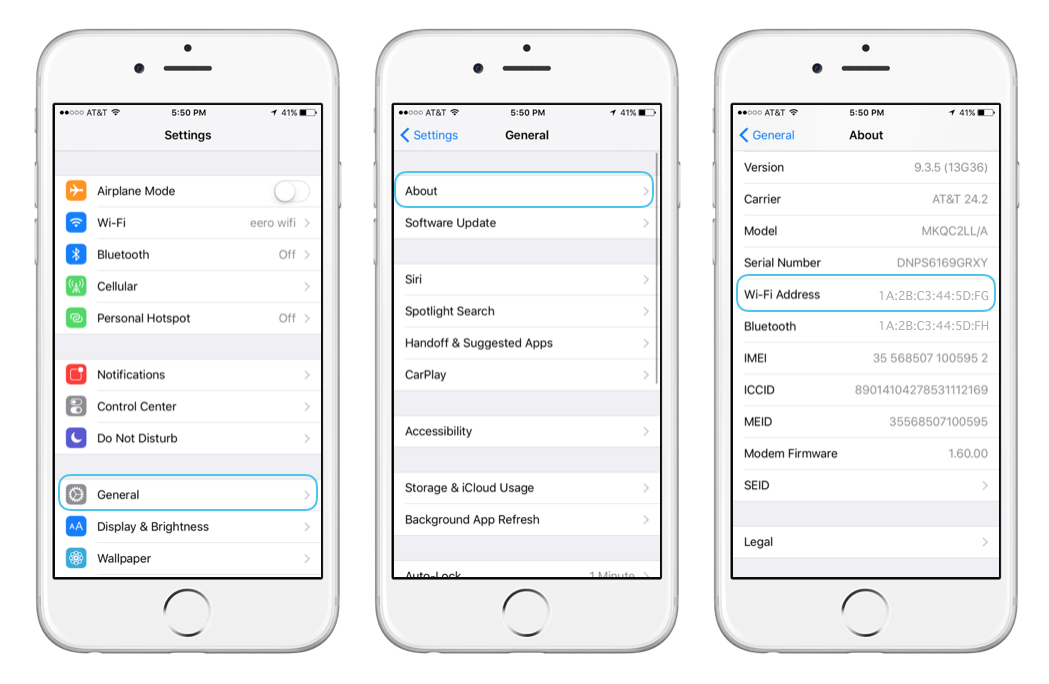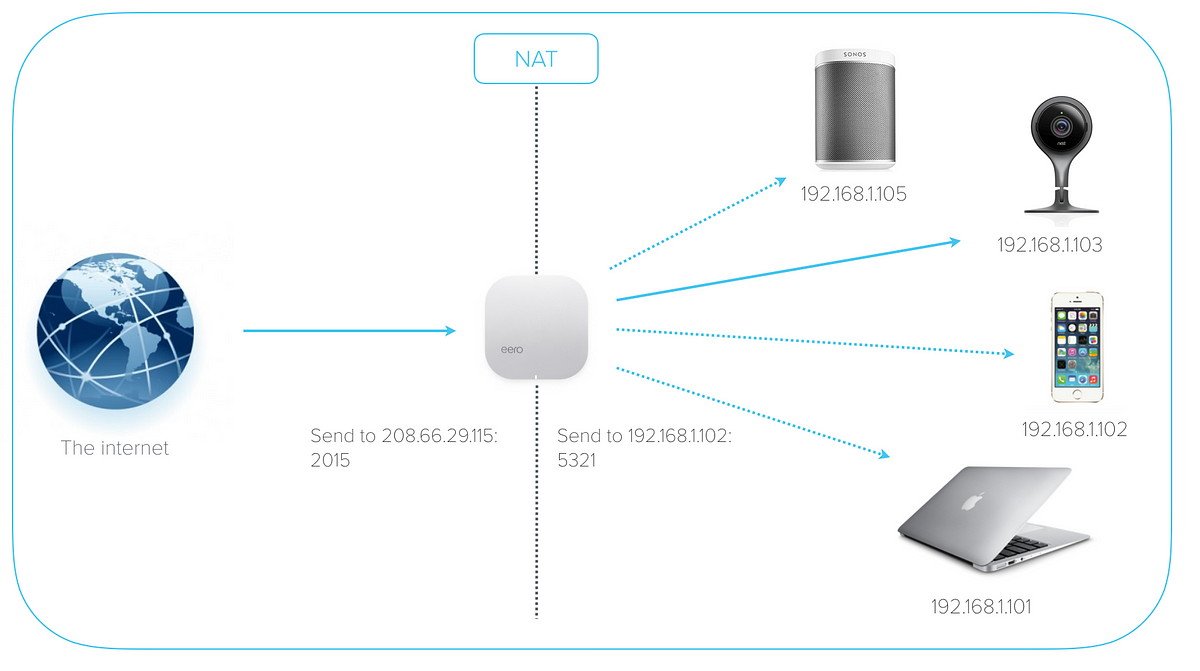Learn what internet acronyms and terms really mean — and why they matter — in our new series, “WiFi 101”
Editor’s note: This is the second post in a new series, “WiFi 101,” where we’ll translate internet lingo into plain English — so you can spend less time deciphering jargon and more time staying connected. Last week, we went over the basics of home WiFi. Today, we’ll cover how the internet works. Thinking of a term that’s got you stumped? Email us at blog@eero.com and we’ll add the most popular ones to the list.
We love the internet as much as Oprah loves bread. It provides us with limitless knowledge, endless entertainment, and Amazon Prime. But how does it work so seamlessly? Let’s break down some of the basics, so the next time the Geek Squad asks for your IP address, you’ll be able to give them a number instead of a blank stare.
What is an IP Address?
Stands for: Internet Protocol Address
Actually means: A device’s “location” on a network
Imagine you want to mail a birthday card to your grandma. You’ll need her mailing address so the mail carrier knows where to deliver it. Likewise, every device on a network needs a way to know how to send data back and forth. But instead of mailing addresses, networking devices use IP addresses. Any “machine” connected to the internet — including servers, websites, routers, computers, phones, and more — is assigned an IP address representing its virtual “location” within the respective network. Moving networks is like moving cities, which means your device’s IP address typically changes whenever you connect to a different network. There are two types of IP Address: IPv4 and IPv6. IPv4 is the most common, while IPv6 is a newer standard. You can locate your IP address in your device’s WiFi settings (or, you can look it up in the eero app).
What is a MAC Address?
Stands for: Media Access Control Address
Actually means: Your device’s unique serial number
Networking devices are assigned a MAC address during manufacturing to identify the device. The address is typically a globally unique and alpha numeric code — like the below example of 1A:2B:C3:44:5D:FG for an iPhone. You can think of a MAC address like your Social Security number. Similar to how your Social Security number allows you to identify yourself and receive government services, a MAC address identifies a device on the network and allows it to receive an IP Address. You’ll typically need your MAC address when adding a new device to a network, or when restricting a device’s access to a network, and you’ll find it on the device’s label or in its settings.
What is DHCP?
Stands for: Dynamic Host Configuration Protocol
Actually means: A device that assigns IP addresses
We already explained why devices need IP Addresses to connect to a network, but where do these addresses come from? They’re assigned to devices on your LAN (network) by the DHCP server — very similar to how local governments determine street names and individual street addresses within a community or city. In most cases, your wireless router provides DHCP for the devices on your network.
What is DNS?
Stands for: Domain Name System
Actually Means: The internet version of a phonebook
Websites, which are “virtual machines,” also have IP addresses used to send data to and from the internet. But typing in a numerical IP address every time we wanted to surf the web would be pretty tedious. Instead, we access websites by typing in a URL (like www.eero.com). Then, DNS servers translate that URL into an IP address, which your laptop uses to communicate to that specific website.
What is NAT?
Stands for: Network Address Translation
Actually means: A technology that allows a single IP address to be shared
Slightly more than 4 billion IPv4 addresses currently exist. This sounds like a huge number until you realize more than 6 billion devices are connected to the internet, which means not every device gets its own IP address. NAT is a technology that solves this problem by allowing a single IP address to be shared amongst multiple devices. NAT acts like a distributor — or a post office — for your local network, ensuring all data reaches its correct final destination. Information on the internet is sent to a central location — your router — using a single IP address. Your router then uses NAT to ensure this information is sent to the correct device on your network. The same thing happens when information is sent in the opposite direction — NAT helps deliver it to the correct destination on the internet.






You must be logged in to post a comment.